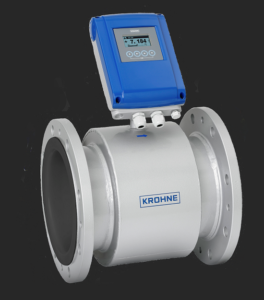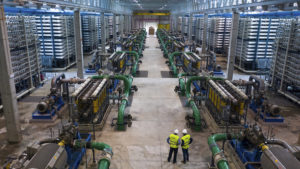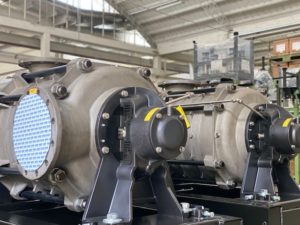$4.7 Billion 2014 Desalination Market for Pumps, Valves, Filters and Chemicals
The market for pumps, valves, filters and chemicals for use in desalination will exceed $4.7 billion in 2014. This is the conclusion reached by the McIlvaine Company in aggregating forecasts in a number of its reports.
Treatment chemical cost averages 0.03 $/m3 of capacity in seawater, reverse osmosis (RO) systems and 0.02/ $/m3 in thermal systems. There is substantial use of scale inhibitors in thermal systems. Acids and antifoams are used in MSF systems. Cleaning chemicals are a substantial investment where RO is employed.
The amount of water being pumped in desalination systems is presently only about one percent of the amount being pumped for all the world s drinking supplies. On the other hand, the high pressure pumps needed for reverse osmosis are an order of magnitude more expensive than those used for drinking water transport.
Thermal systems require pumps for a number of processes:
- Seawater intake pumps
- Brine recirculation pumps
- Brine blow-down pumps
- Distillate extraction pumps
- Condensate extraction pumps
- Product forwarding pumps
Thermal systems require substantial numbers of valves. The high pressure membrane desalination systems require expensive valves to deal with the corrosive conditions as well as the pressures.
Pre-filtration for the reverse osmosis systems and initial purification of water which will be evaporated in thermal systems is accomplished with liquid macrofiltration and cartridges. Automatic backwash filters and sand filters are frequently used. Liquid wastes are dewatered in filter presses.
Cartridges are used to remove particles which are too small to be captured in liquid macrofiltration equipment, but too large and plentiful to be handled by cross-flow membranes. There has been a high replacement frequency on cartridges.
An alternative to liquid macrofiltration is sedimentation. Clarifiers and dissolved air flotation systems are selected for a number of systems. The desalting takes place in either thermal systems where the water is evaporated or by separation with cross-flow membranes. Reverse osmosis (RO) does the final separation. Macro or ultrafilters are often used to pre-filter and protect the RO membranes.
Desalination systems are utilized for industrial purposes as well as for drinking water. Doosan Heavy Industries just received an order to build a desalination plant for the Escondida Mine, the world s largest copper mine in Chile, at US$130 million.
Source: The McIlvaine Company







